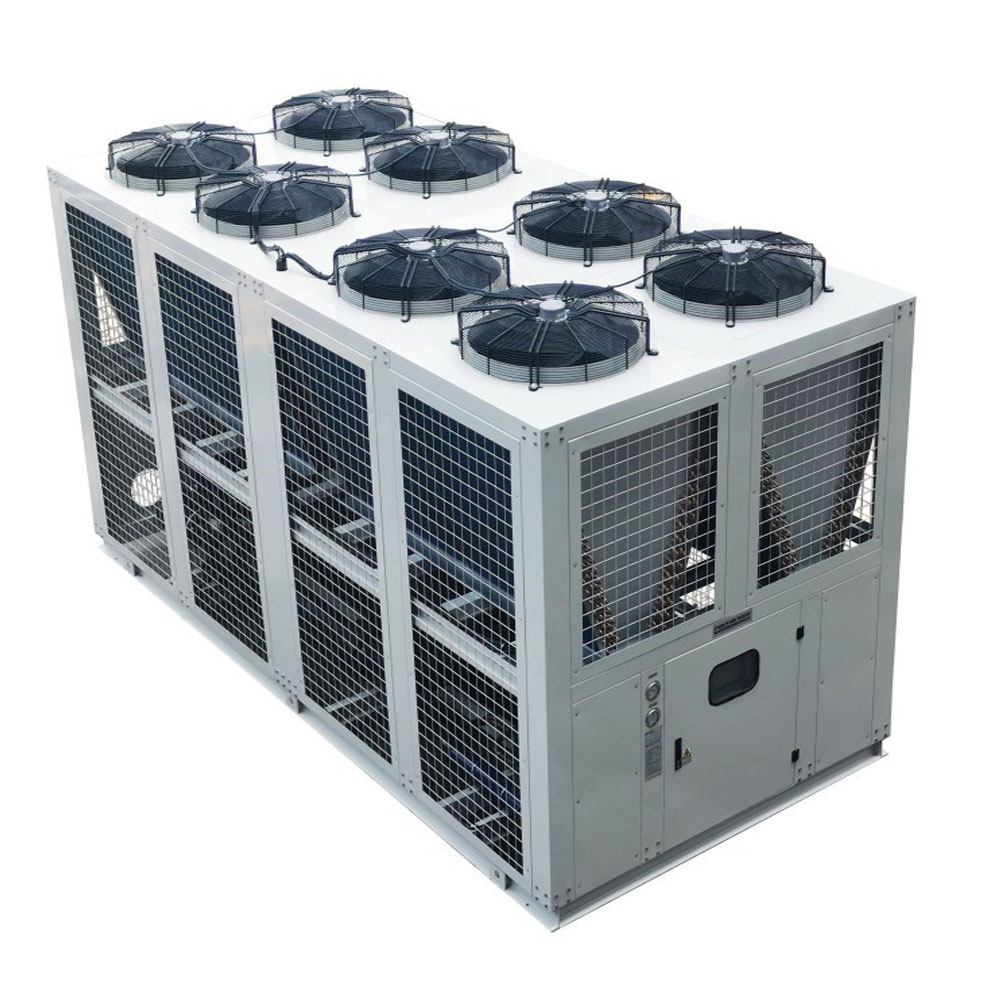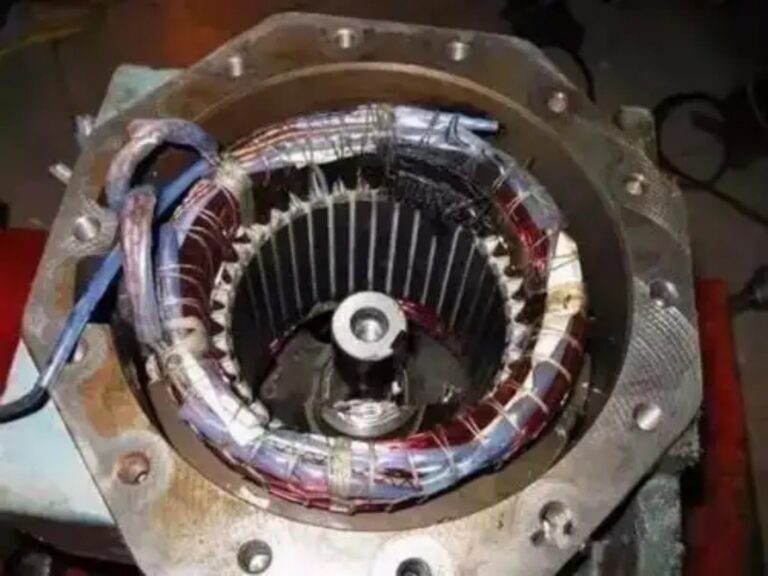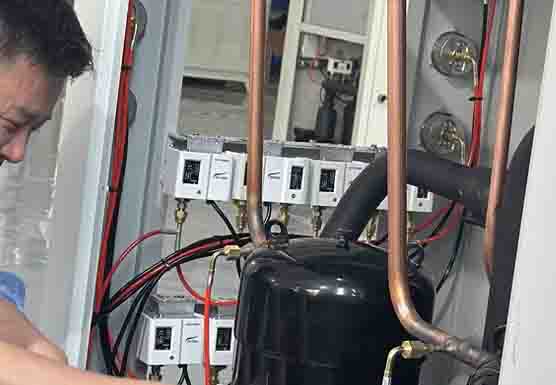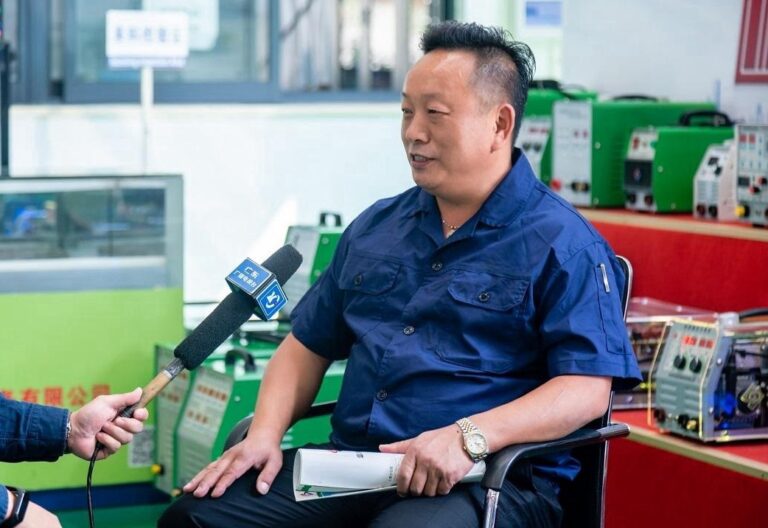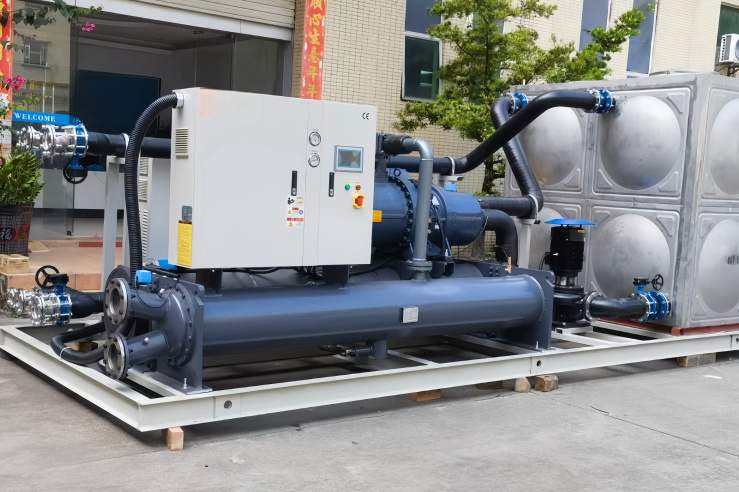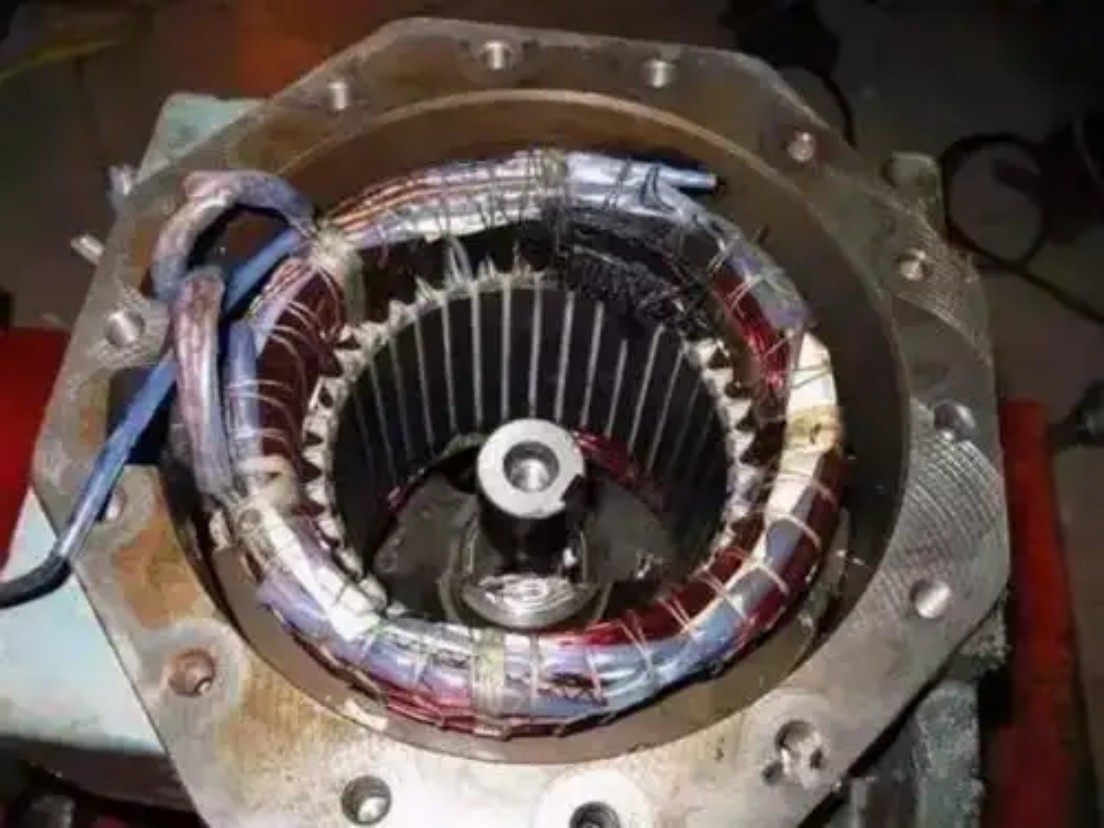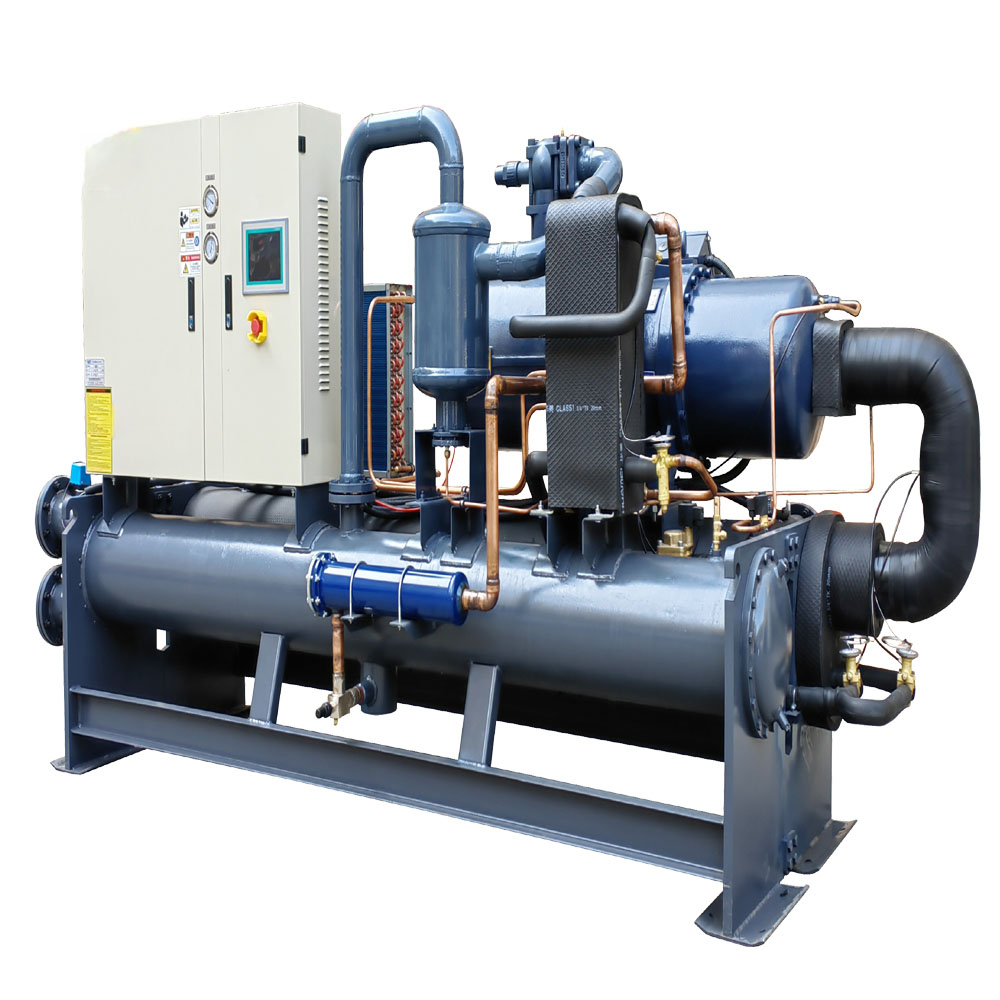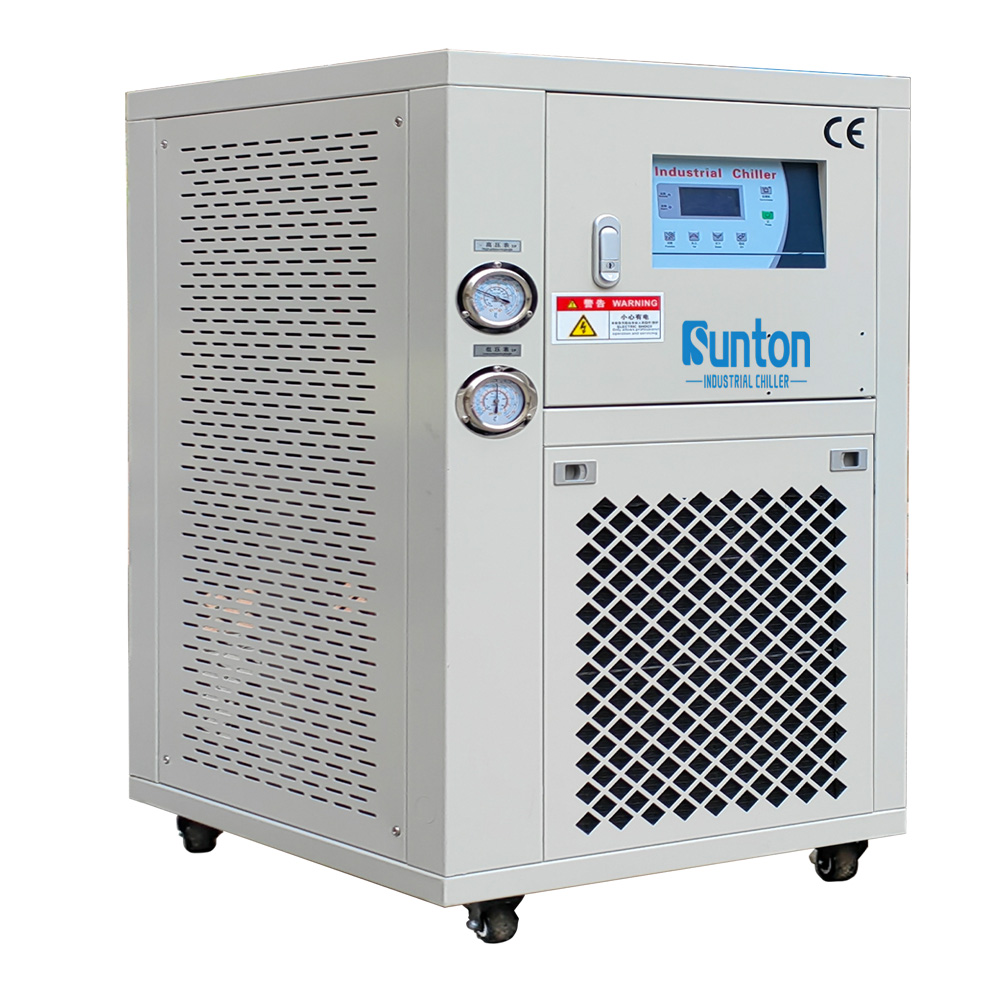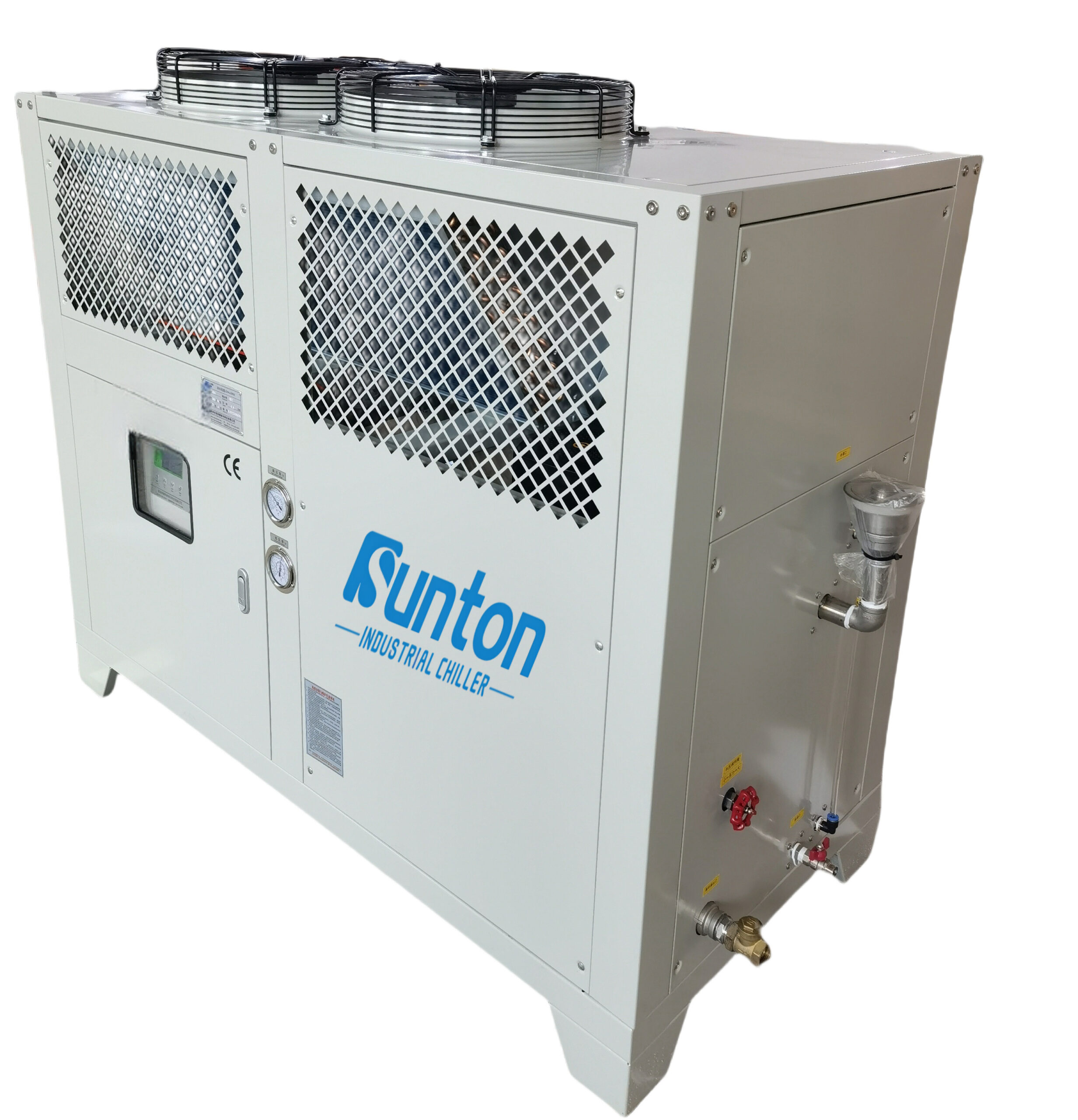-
Dalingshan Industriel Guangdong
Efficacité du refroidisseur : indicateurs clés et coefficient de performance
Maximiser l'efficacité du refroidisseur : comprendre le coefficient de performance
Dans l'environnement industriel actuel en constante évolution, il est essentiel d'obtenir une efficacité optimale des refroidisseurs pour les opérations dans des secteurs tels que la transformation des plastiques, le biogaz et les biocarburants, la gestion des déchets médicaux, la transformation des aliments et les soins de santé. Ce guide complet explique comment améliorer l'efficacité grâce à la compréhension du coefficient de performance (COP), offrant des informations précieuses aux entreprises qui cherchent à réduire les coûts et à améliorer leurs processus industriels.
Table des matières
Qu’est-ce que l’efficacité du refroidisseur et pourquoi est-ce important ?
Comment l’efficacité du refroidisseur est-elle calculée ?
Comprendre le coefficient de performance (COP) en réfrigération
Pourquoi l’efficacité énergétique est-elle essentielle pour les refroidisseurs industriels et les systèmes d’eau glacée ?
Découverte de différents modèles de refroidisseurs et de leurs indices d'efficacité
Comment maximiser l’efficacité du refroidisseur dans votre installation de réfrigération ?
Le rôle des systèmes de contrôle avancés dans les performances des refroidisseurs
FAQ sur l'efficacité des refroidisseurs et des pompes à chaleur
Conclusion : Investir dans des refroidisseurs à haut rendement pour l’avenir
Qu’est-ce que l’efficacité du refroidisseur et pourquoi est-ce important ?
L'efficacité du refroidisseur est une mesure de l'efficacité avec laquelle un refroidisseur convertit l'énergie électrique en puissance de refroidissement, essentielle pour maintenir des conditions optimales dans les applications industrielles.
Importance de l'efficacité du refroidisseur
Réduction des coûts : les refroidisseurs efficaces réduisent la consommation d’énergie, ce qui entraîne des économies importantes sur les factures de services publics, améliorant ainsi les performances financières des opérations.
Durabilité environnementale : les refroidisseurs à haute efficacité réduisent les émissions de gaz à effet de serre, soutenant ainsi les objectifs de durabilité.
L’optimisation de l’efficacité d’un refroidisseur est essentielle pour atteindre des objectifs économiques et environnementaux.
Comment l’efficacité du refroidisseur est-elle calculée ?
Le calcul de l’efficacité du refroidisseur est essentiel pour comprendre et améliorer les performances du système.
Méthodes de calcul
COP (coefficient de performance) : il s'agit du rapport entre la puissance frigorifique produite et la puissance absorbée. Il indique la quantité de froid produite par unité d'électricité consommée.
EER (taux d'efficacité énergétique) : similaire au COP, cette mesure mesure les performances d'un refroidisseur dans ses conditions de fonctionnement.
En comprenant ces mesures, les entreprises peuvent prendre des décisions éclairées pour améliorer les performances et l’efficacité du refroidisseur.
Comprendre le coefficient de performance (COP)
Le coefficient de performance (COP) est une mesure principale pour évaluer l'efficacité du refroidisseur et est essentiel pour optimiser la consommation d'énergie.
Importance de la COP
Mesure de l'efficacité : le COP indique l'efficacité avec laquelle l'énergie électrique est utilisée pour le refroidissement. Un COP élevé reflète un système plus efficace.
Impact sur les coûts : les systèmes avec un COP plus élevé nécessitent moins d’énergie électrique pour la même capacité de refroidissement, ce qui entraîne une réduction des coûts d’exploitation.
La compréhension des valeurs COP permet aux opérateurs d’évaluer et d’améliorer efficacement l’efficacité du système.
Pourquoi l’efficacité énergétique est-elle essentielle pour les refroidisseurs industriels ?
L’efficacité énergétique est une pierre angulaire du fonctionnement des refroidisseurs industriels, affectant à la fois le coût et la durabilité.
Avantages de l'efficacité énergétique dans les systèmes de réfrigération
Économies sur les coûts d’exploitation : Utiliser moins d’énergie électrique réduit les dépenses d’exploitation et augmente les marges bénéficiaires.
Conformité réglementaire : les systèmes écoénergétiques respectent ou dépassent souvent les exigences de conformité, évitant ainsi les amendes et débloquant des incitations potentielles pour améliorer les cotes d'efficacité.
Se concentrer sur l’efficacité énergétique d’un refroidisseur est primordial pour maintenir des opérations de climatisation économiques et respectueuses de l’environnement.
Exploration de différents modèles de refroidisseurs et de leur efficacité
Comprendre le type de refroidisseur et son efficacité peut influencer considérablement vos opérations.
Types de refroidisseurs
Refroidisseurs à air : installation et entretien plus faciles, idéaux pour les endroits où les ressources en eau sont limitées.
Refroidisseurs à eau : offrent généralement une meilleure efficacité grâce aux tours de refroidissement, mais nécessitent un approvisionnement en eau constant.
Le choix entre différents modèles de refroidisseurs nécessite une évaluation minutieuse des besoins environnementaux et opérationnels.
Refroidisseurs industriels
Comment maximiser l’efficacité du refroidisseur ?
Maximiser l’efficacité des refroidisseurs est essentiel pour obtenir des gains à court et à long terme dans les applications industrielles.
Stratégies d'efficacité dans les systèmes d'eau glacée
Entretien régulier : maintenir tous les composants en parfait état, y compris le compresseur, l’évaporateur et le condenseur, garantit une efficacité de refroidissement constante.
Optimisation de la gestion de la charge : créez des systèmes pour gérer efficacement les charges partielles, réduisant ainsi le gaspillage d'énergie et améliorant la capacité de refroidissement.
La mise en œuvre de ces stratégies garantit que votre exploitation bénéficie d’un système de refroidissement efficace.
Le rôle des systèmes de contrôle avancés dans les performances des refroidisseurs
Les systèmes de contrôle avancés sont essentiels pour optimiser les opérations de refroidissement pour une meilleure efficacité et une consommation d'énergie réduite.
Avantages du système de contrôle
Contrôle de vitesse variable : s'adapte aux conditions de charge changeantes, optimisant la puissance d'entrée pour des performances améliorées du refroidisseur.
Automatisation : Permet une surveillance et des ajustements en temps réel, garantissant que les conditions de fonctionnement sont maintenues pour une efficacité maximale.
L’utilisation de systèmes de contrôle avancés est un moyen efficace d’améliorer l’efficacité et les performances du refroidisseur.
FAQ sur l'efficacité des refroidisseurs
Quel est le type de refroidisseur le plus efficace ?
Les refroidisseurs à eau offrent généralement une efficacité supérieure en raison de meilleures capacités de dispersion de la chaleur par rapport aux autres modèles.
Quel est l’impact du COP sur le fonctionnement des refroidisseurs ?
Le COP mesure l'efficacité de l'utilisation de l'énergie ; un COP plus élevé signifie un refroidissement plus efficace pour l'électricité utilisée.
Pourquoi se concentrer sur l’efficacité énergétique des refroidisseurs ?
Les refroidisseurs économes en énergie réduisent les coûts d’exploitation et l’impact environnemental, conformément aux objectifs et réglementations en matière de durabilité.
Quel rôle joue la maintenance dans l’efficacité du refroidisseur ?
La maintenance de routine garantit que le système fonctionne à des performances optimales, évitant ainsi des temps d'arrêt coûteux et des inefficacités.
Conclusion : Investir dans des refroidisseurs à haut rendement pour l’avenir
Investir dans des systèmes de refroidissement haute performance est essentiel pour les industries qui cherchent à minimiser les dépenses d'exploitation tout en maximisant l'efficacité du refroidissement et la qualité de la production. En tirant parti des mesures d'efficacité et des technologies avancées, les entreprises peuvent réaliser des économies d'énergie substantielles et améliorer leur empreinte environnementale. Pour des solutions de refroidissement spécialisées adaptées à vos besoins, contactez-nous dès maintenant.
Principaux points à retenir
Évaluer les mesures d’efficacité : utilisez le COP et l’EER pour évaluer efficacement les performances du refroidisseur.
Mettre l’accent sur l’efficacité énergétique : mettre en œuvre des pratiques pour améliorer l’utilisation de l’énergie, réduire les coûts et optimiser la charge de refroidissement.
Faites appel à des solutions expertes : travaillez avec des experts du secteur pour des solutions personnalisées afin de maximiser les avantages.
Découvrez des solutions plus avancées telles que le refroidisseur d'eau à vis refroidi par eau pour plus d'informations et d'applications technologiques.
